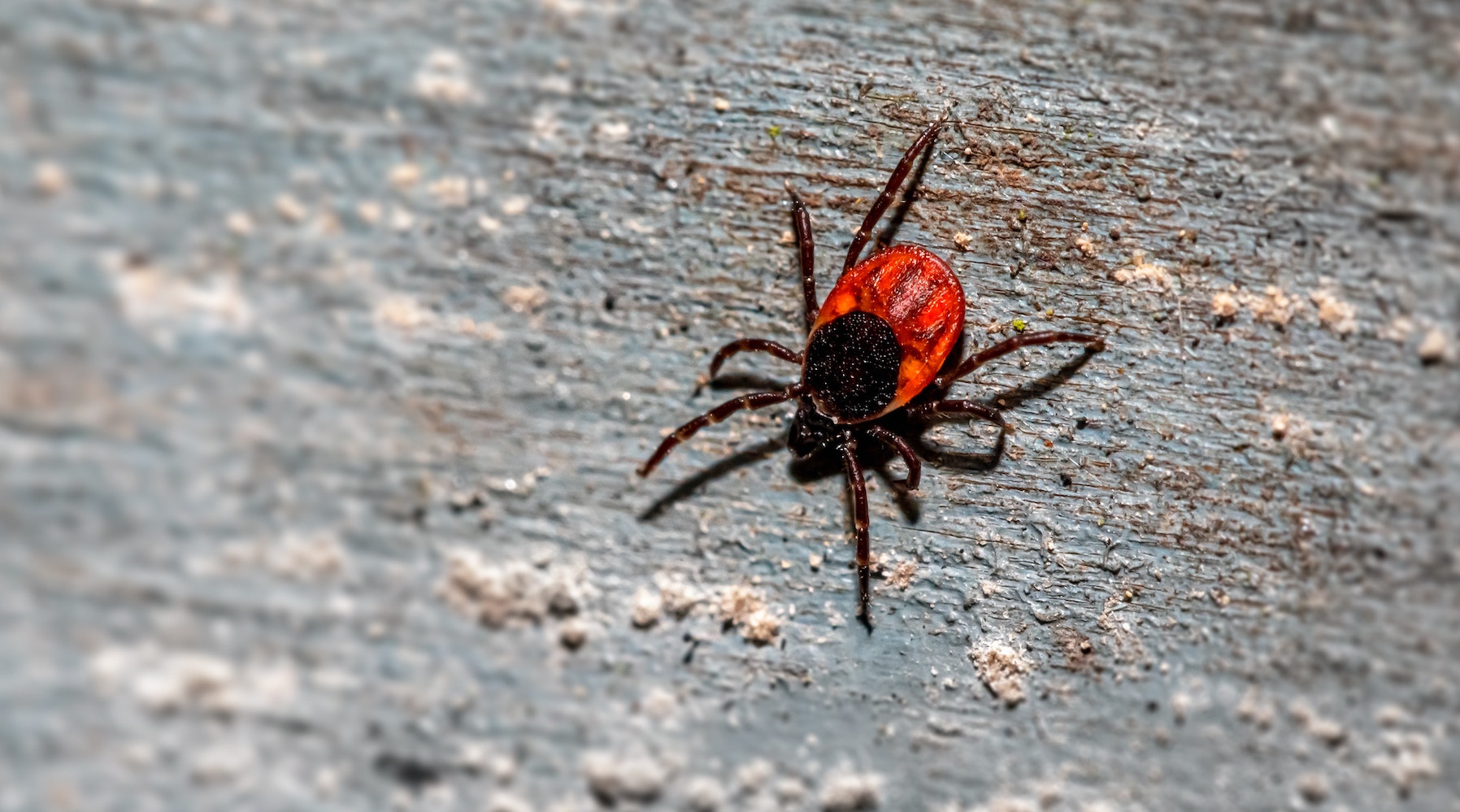Each week, OMRF physician-scientist Dr. Eliza Chakravarty opens “Adam’s Journal” to answer a medical question from OMRF Senior Vice President and General Counsel Adam Cohen.
Adam’s Journal
A friend recently was bitten by a tick. (Happy spring!) What signs of tick-borne illnesses should they monitor for? Do they need to visit a doctor now?
Dr. Chakravarty Prescribes
Ticks carry and spread a wide array of bacteria and viruses that cause diseases in humans. In Oklahoma, the most common are Rocky Mountain spotted fever, ehrlichiosis, and tularemia. While Lyme disease is well known, it’s rare in Oklahoma. It’s found most often in the Northeast, mid-Atlantic, and Upper Midwest.
If not treated promptly, these illnesses can lead to severe complications and even death. So, it’s important to keep an eye out for telltale signs following a bite.
Symptoms of tick-borne illness can appear anywhere from a few days to a month after a bite. These flu-like symptoms can include fever and chills, headache, fatigue, upset stomach, muscle aches and joint pain. Several conditions associated with ticks can also result in a skin rash. Such rashes are usually found at the site of the bite but can appear elsewhere on the body, including on the wrists, forearms, ankles and trunk.
If your friend feels normal, it’s not necessary to visit a doctor right now. But if symptoms appear, they should see a health care provider as soon as possible. Although many tick-borne conditions can be treated with antibiotics, early detection and intervention are key to preventing severe outcomes.
As spring turns to summer and tick activity increases, prevention remains the best defense. Wear long sleeves and pants in areas where ticks are common, use repellents with DEET or permethrin, and check carefully for ticks after outdoor activities. The longer a tick stays attached, the greater the chances to spread a dangerous disease to its human host.
–
Do you have a health query for Dr. Chakravarty? Email contact@omrf.org and your question may be answered in a future column!



